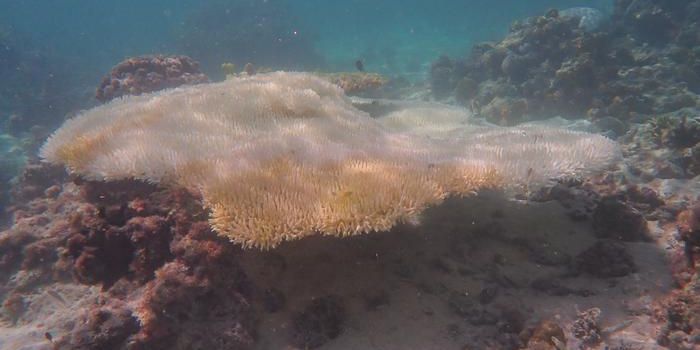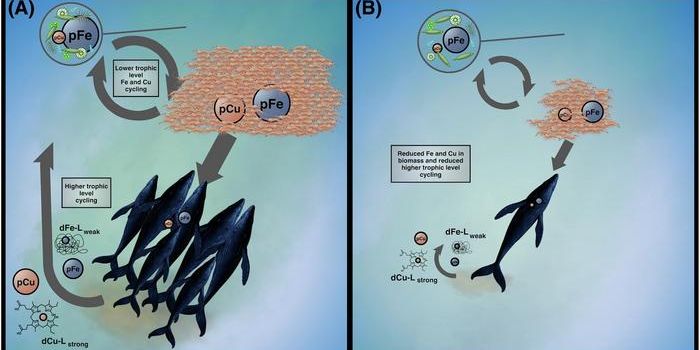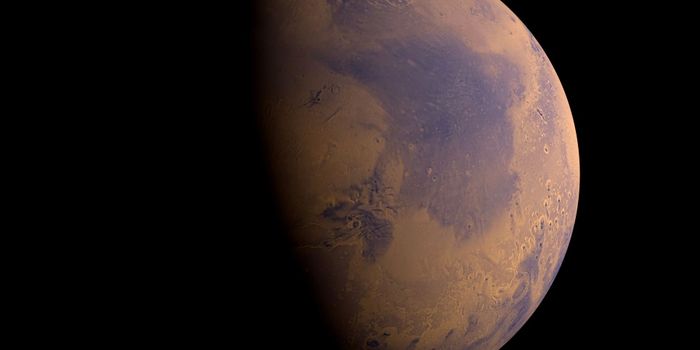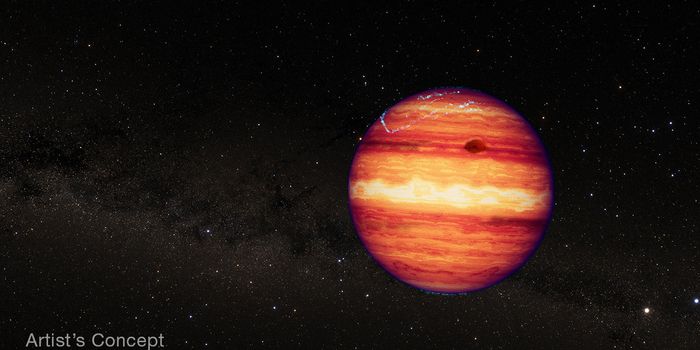Hurricanes Could Start Hitting Back-to-Back More Frequently
Scientists from Princeton University examine the potential for increased numbers of tropical cyclones (TCs) and hurricanes in the future due to rising sea-levels as a result of climate change. This comes on the heels of Earth experiencing an average of 100 TCs per year between 2018 and 2021 after averaging only 85 between 2014 and 2017.
Image of three storms formed in the Gulf Coast and Atlantic Ocean in 2017. (Credit: NASA)
“Rising sea levels and climate change make sequential damaging hurricanes more likely as the century progresses,” said Dr. Dazhi Xi, who is a postdoctoral researcher and a former graduate student at Princeton, lead author of the study. “Today’s extremely rare events will become far more frequent.”
The researchers began asking questions about sequential hurricanes after the East Coast and Gulf Coast of the United States experienced three hurricanes in rapid succession in the summer 2017 of hurricanes Harvey, Irma, and Maria. This was followed in the summer of 2021 by Hurricane Ida and Tropical Storm Nicholas.
“Sequential hurricane hazards are happening already, so we felt they should be studied,” said Dr. Ning Lin, who is an associate professor of Civil and Environmental Engineering at Princeton, and a co-author on the study. “There has been an increasing trend in recent decades.”
For the study, the researchers used computer models to simulate chances of multiple destructive storms striking the same region in as little as 15 days over the course of the 21st century. Their two scenarios involved a future with moderate levels of carbon emissions and one with higher levels of carbon emissions. Under both scenarios, the likelihood of back-to-back damaging storms rose drastically.
While the scientific community is in agreement that the strength of Atlantic hurricanes will increase throughout the 21st century due to climate change, the question over the number of storms during this same period is still up for debate. While the computer models used in this study calculate the number of storms to increase, other models have shown the numbers to remain the same. However, data from this study’s models indicate increasing storm strength, even if the number of storms remain the same, meaning the increased likelihood of sequential storms occurring along the East Coast and Gulf Coast of the United States.
“The proportion of storms that can have an impact on communities is increasing,” said Dr. Lin. “The frequency of storms is not as important as the increasing number of storms that can become hazardous.”
The researchers state this is due to both increased precipitation and rising sea levels due to climate change. This combination means that small storms in the past will become bigger, specifically when they hit back-to-back, which was the case with Hurricane Ida followed by Tropical Storm Nicholas in Louisiana 2021.
While Ida caused a relatively small amount of damage, Louisiana was still recovering when Nicholas hit, despite Nicholas being the smaller storm.
“Nicholas was quite a weak storm and one reason it produced a significant hazard was that the soil was already saturated,” explains Dr. Lin. “So, there was a lot of flooding.”
The research team stresses the importance of proper planning in order to mitigate the damage caused by back-to-back storms, including increased flooding while also establishing increased response times to deal with the damage.
“If a power system requires 15 days to recover from a major hurricane, we cannot wait that long in the future because the next storm can hit before you can restore power, as in the case of Nicholas following Ida,” said Dr. Lin. “We need to think about plans, rescue workers, resources. How will we plan for this?”
Will hurricanes and tropical storms continue to increase in both number and strength in the coming years and decades? Only time will tell, and this is why we science!
Sources: Nature Climate Change, Statista, Princeton
As always, keep doing science & keep looking up!









